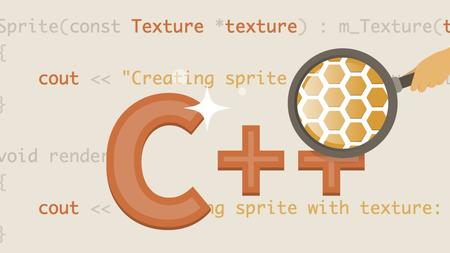
English | MP4 | AVC 1280×720 | AAC 48KHz 2ch | 1h 48m | 275 MB
Design patterns allow you to solve common software development problems in a reusable way, making your code more robust and scalable. In this course, Károly Nyisztor explores the structural design patterns from the Gang of Four. He shows you how to leverage these patterns in modern C++ code and how they can help you design more robust and scalable software. He also discusses the seven structural design patterns from the original design patterns book—adapter, bridge, composite, decorator, facade, flyweight, and proxy—and shows you how to implement each one in modern C++. For each pattern, he shows you when and how to use it, along with its benefits and drawbacks. Join Károly in this course to learn how to apply structural design patterns in your own code and bolster your development skills.
Table of Contents
Introduction
1 Structural design patterns in C++
The Adapter
2 Overview
3 When should you use the Adapter pattern
4 Implementing an object adapter
5 Implementing a class adapter
6 Challenge Refactor using the Adapter pattern
7 Solution Refactor using the Adapter pattern
The Bridge
8 Overview
9 Exploding class hierarchies
10 The Bridge pattern in action
11 Challenge Enhancing a design using the Bridge pattern
12 Solution Enhancing a design using the Bridge pattern
The Composite
13 Overview
14 Implementing a hierarchical structure
15 Redesigning with the Composite pattern
16 Challenge Drawing shapes
17 Solution Drawing shapes
The Decorator
18 Overview
19 Computer shop demo using inheritance
20 Computer shop demo using the Decorator design pattern
21 Challenge Pizza toppings
22 Solution Pizza toppings
The Façade
23 Overview
24 Complex interface demo
25 Applying the Facade design pattern
26 Challenge Hide complexity with a facade
27 Solution Hide complexity with a facade
The Flyweight
28 Overview
29 Introducing sprites
30 Reducing memory usage Part 1
31 Reducing memory usage Part 2
The Proxy
32 Overview
33 What problem does the proxy solve
34 The virtual proxy
35 Challenge Implement a protective proxy
36 Solution Implement a protective proxy
Conclusion
37 Next steps
Resolve the captcha to access the links!